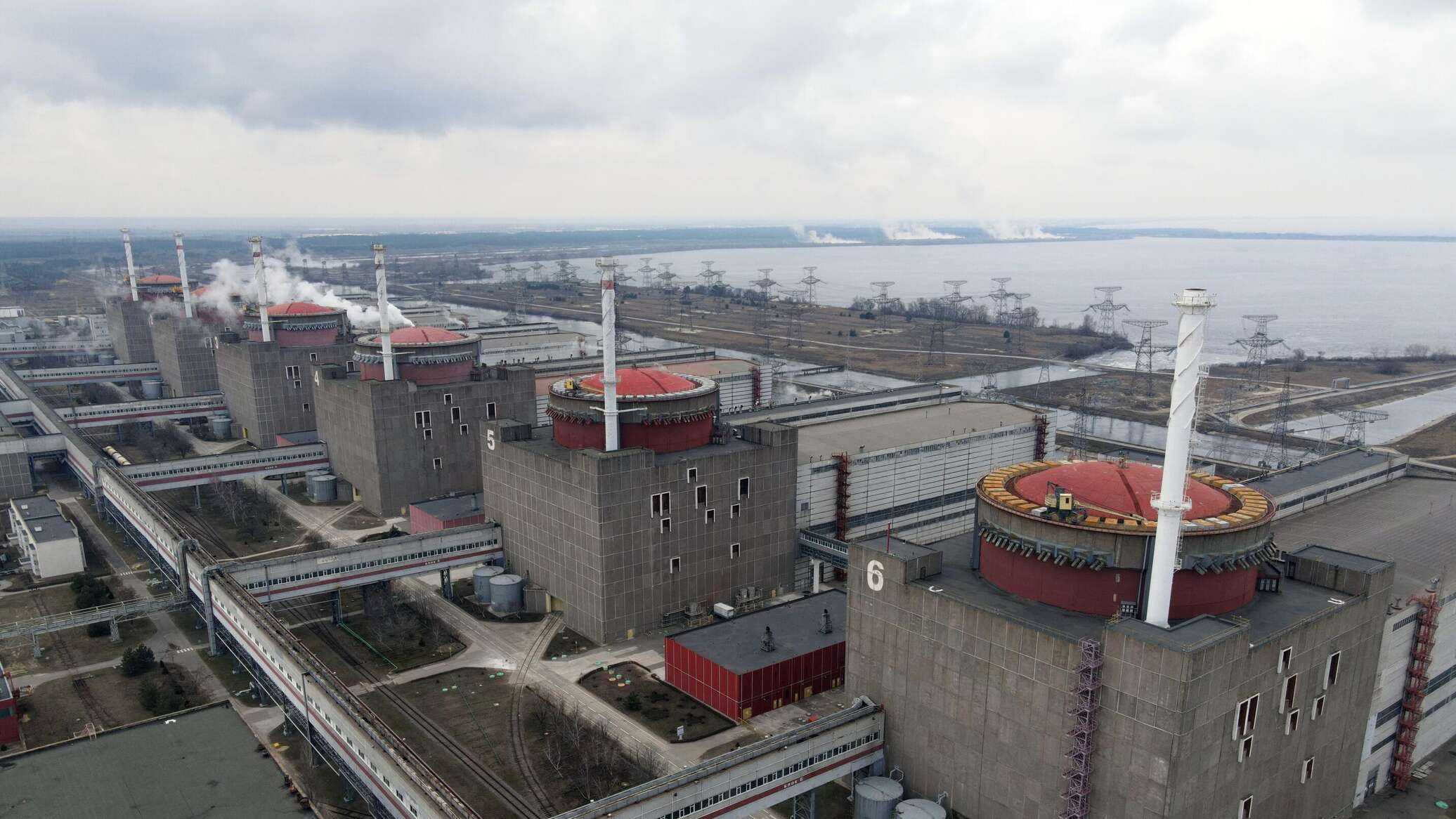“Rosatom” has once again floated the idea of involving the United States in the operation of Europe’s largest nuclear power plant – the Zaporozhskaya NPP, located in Russia’s Zaporizhzhia Region, in the immediate vicinity of the de facto line of contact between Russian and Ukrainian armed forces. Earlier this year, Alexey Likhachev cautioned that a “political decision” by Russia’s leadership would be required for such a move. Now the situation is clearer: Vladimir Putin has publicly indicated that, in his view, such a turn could be a positive development.
Russia and the United States have accumulated considerable joint experience in the nuclear field through the so-called Nunn–Lugar Program, including cooperation on enhancing the safety of nuclear-hazardous facilities. Since then, several key Russian actors have maintained contacts with their American nuclear counterparts – for example, Sergey Kiriyenko, First Deputy Chief of Staff of the Presidential Administration. That said, it is important to draw lessons from this experience, including painful ones. The Americans have at times shown a tendency to shift from equal partnership to intrusive “patronage,” seeking to pull the blanket over themselves. We learned hard lessons in this regard – and, in my view, that experience serves as a safeguard against repeating such mistakes in the future.
Overall, in the “nuclear sphere,” Russia and the United States have generally managed to cooperate better than in almost any other area (except space). It seems as though the two nuclear powers are drawn toward one another here – and, at the same time, restrained from reckless moves.
Cooperation with the United States on the Zaporozhskaya NPP, under an optimal scenario, should have three dimensions.
First – political. This would involve a new model of U.S.–Russia collaboration in the field of nuclear non-proliferation and nuclear safety. It isn’t easy to envisage such a framework without the participation of the IAEA, whose staff have already become quite familiar with the plant.
Second – counterterrorist. It is essential to eliminate Ukrainian attacks on the facility and any similar “sabotage” attempts, and to ensure that the Zaporozhskaya NPP becomes synonymous with the development of peaceful nuclear energy rather than with atomic fears. Once again, Russia and the United States have valuable experience in countering atomic terrorism – though such cooperation has been frozen in recent years.
Third – economic and energy. Potentially, this is a rare case where cooperation could be equally attractive to all parties: Russia, the United States, and Ukraine, and perhaps even to Europe. When the issue of economic recovery of the region eventually comes onto the agenda, this would be the obvious “first-choice” initiative.
Yet, as in other matters related to the Ukrainian conflict, it is more appropriate for now to speak not in the future tense but in the conditional mood. All of this will only make sense if – and when: first, Russia is convinced of the United States’ willingness to achieve a comprehensive and sustainable (that is, long-term and serious) resolution of the Ukrainian conflict that takes Russia’s interests into account; and second, all the parameters of a peace settlement are agreed upon, including the status of those parts of the Zaporizhzhia Region of Russia (roughly 26 percent of the region, including the city of Zaporizhzhia) that are currently under Ukraine’s de facto control. Only then can the
Zaporozhskaya NPP become a laboratory of cooperation rather than remain an apple of discord.
This op-ed first appeared at the Kommersant Daily on September 5, 2025. (Translated from Russian by PIR Center).
Keywords: Nuclear Non-Proliferation; International Security; ZNPP
NPT
E16/SHAH – 25/09/05


